Many different relationship dynamics can play out between people.
Some of these dynamics are healthy and help to create strong, loving relationships. However, other dynamics may harm and lead to conflicts, misunderstandings, or abuse.
Knowing different relationship dynamics can help you identify the positive or harmful patterns in your partnership.
Table of Contents
What are relationship dynamics?
If you are wondering ‘what’s a relationship dynamic,’ we’ve got you covered.
The relationship dynamics definition is the patterns of behavior between partners.
These dynamics can be positive, negative, or neutral. They can also be helpful or harmful.
Dynamics in a relationship can be affected by many factors
- communication styles
- power struggles
- conflicts
- need for control
- past challenges and wounds
- friends and family influence
- economical systems
- how you relate to the world
- intimacy expectations
- emotional connection and maturity
The dynamics of a relationship can also change during relationship highs or difficult times.
For example, dynamics may be different during the honeymoon phase than after a stressful time.
With effort and commitment, you can improve the dynamics in your relationship and create a more fulfilling connection with your partner.
What are healthy dynamics?
Healthy relationships involve give and take. Each person takes turns talking and listening. They also share power equally.
Both people feel like they have a say in what goes on in the relationship. They make decisions together. They are both happy with the way things are going.
Partners show empathy for each other’s feelings.
In healthy relationships, couples support each other’s goals and dreams. Partners encourage each other to grow and change.
They make a point to be there for each other during good times and bad times. In healthy relationships, couples respect each other’s privacy.
Partners trust each other not to snoop through each other’s belongings or read each others’ emails or text messages.
Lastly, healthy relationships have physical intimacy.
This is not just sex. It is also holding hands, cuddling, kissing, and hugging.
If you have a healthy partnership, you feel good about yourself when you are around your partner. You feel loved, cared for, and respected.
What are 5 common relationship dynamics?

Now that we’ve discussed how to define relationship dynamic, let’s take a look at some of the most common patterns in a relationship.
Some typical dynamics in relationships include how partners communicate, interact, deal with challenges, compromise, and love.
1. Communication styles
In happy relationships, couples share their thoughts and feelings with their partners. They also take turns listening to their partners so each person feels heard and understood.
Healthy partners tend to focus on understanding instead of getting their point across.
2. Interaction styles
How we interact with each other is a dynamic in relationships.
People interact in verbal and nonverbal ways. Verbal communication is the sharing of thoughts, feelings, and ideas.
Nonverbal communication is how we use our body language to communicate. For example, it includes our facial expressions, eye contact, and body posture.
One of the most critical aspects of successful relationships is effective communication.
For example, body language, eye contact, and touch are non-verbal ways people tend to relate.
When couples can effectively communicate, they can understand each other’s needs and wants and express their needs and wants clearly.
This understanding can help resolve conflicts and build a stronger bond between partners.
Loving interactions can also help couples feel closer to each other and deepen intimacy.
3. Conflict resolution
This dynamic happens when we have disagreements or arguments with each other.
Conflict is a normal and healthy part of any relationship. After all, we’re not always going to agree on everything.
However, it’s important to remember that how we handle conflict can either help or hurt our relationships. For example, if we’re constantly yelling and slamming doors, that’s not productive.
On the other hand, if we can calmly discuss our differences and find a compromise, that’s a sign of a healthy partnership.
The key is avoiding negative cycles, where the same arguments repeatedly happen without resolution.
4. Compromise
These dynamics happen when we reach an agreement or find a compromise with each other.
Every relationship is unique, and each couple has their own dynamic.
However, common elements, like compromise, affect relationships.
Compromise is when we reach an agreement or compromise with each other. This can be on big things like where to live or whether to have children. Or it can be on more minor things like what to watch on TV or what to have for dinner.
Sometimes it’s easy to compromise, and sometimes it’s not. But it’s an integral part of any relationship.
If you’re struggling to compromise with your partner, look at how you and your partner can find new ways to reach compromises that work for both of you.
To help, consider joining the Save Your Marriage Course.
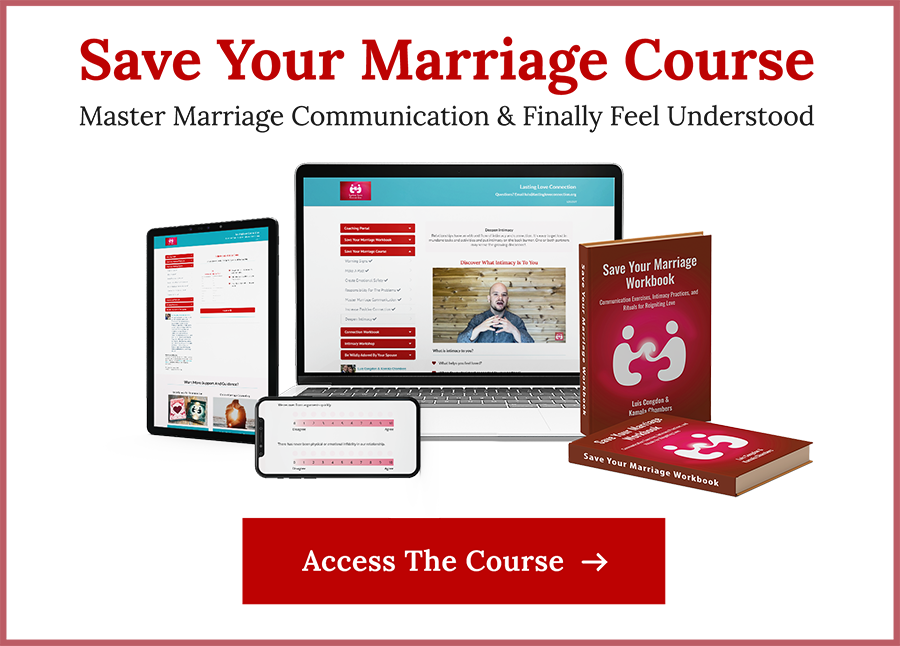
5. Love styles
Love styles can bring feelings of love and closeness.
A love style, or love language, is our preferred way to love and be loved.
Examples of love languages are
- Gift giving
- Physical touch
- Acts of service
- Words of affirmation
- Quality time together
Your love style is a key dynamic in your relationship because it creates distance if you’re not loving someone the way they want to be.
For example, if you need a lot of physical affection but your partner does nice things for you instead of touching you, your love needs may not be met.
On the other hand, if they know you need more touch, they can adjust their love style.
If you’re unsure what your partner’s love style is, ask them. Also, share what helps you to feel loved.
Doing so can create healthy relationship dynamics where you both feel loved and adored.
What are power dynamics in a relationship?
Unhealthy power dynamics are when one partner has significantly more power and control than the other. Power struggles often manifest as one person being overly controlling or demanding while the other partner feels like they have to walk on eggshells or constantly cave to demands. Even though dynamics take two people, one partner may tend to want more control. These specific issues can be damaging to both parties involved, as they often lead to feelings of resentment, frustration, and powerlessness.
If left unchecked, these power dynamics can eventually lead to the breakdown of the relationship. However, remember that power struggles are not always present from the start. Power struggles can develop over time due to emotional damage or trauma. If you suspect your relationship may have unhealthy dynamics, identify the problem and work towards creating a more balanced relationship.
How to bounce back from bad relationship dynamics?
Unhealthy relationship dynamics can range from unhealthy ways of talking, to a lack of trust, to toxic patterns or behavior. If you are in an unhealthy dynamic, take a step back and assess the situation. Specific issues often become entrenched and difficult to change. Therefore, be honest about what needs to change. Unhealthy dynamics often involve a power imbalance, so identify the areas where you may feel powerless. Once you’ve identified the unhealthy aspects of your dynamics, you can start to work on changing them. This may require seeking outside help, such as online marriage counseling or premarital counseling.
An unhealthy relationship dynamic often involves negative patterns of thinking and behaving (and sometimes even trauma bonding). If you learn to identify these patterns, you can start breaking them. Unhealthy relationship dynamics are often the result of years of hurt and pain. But with patience, kindness, and empathy, you can begin to heal the past and build a healthier future.
How to examine relationship dynamics?
Relationship dynamics can be complex and challenging to understand. However, examining your dynamics can help improve your relationship. To determine your relationship dynamics, consider how each person in the relationship plays a role. Each person has their own unique character, thoughts, feelings, and behaviors that contribute to the relationship.
By understanding each person’s role in the relationship, you can begin to understand the dynamics between you. In addition, consider how you interact with one another. For more insight into your relationship dynamics, take our free relationship checkup.
How do you communicate with each other?
How do you resolve conflict?
What are the strengths and weaknesses of your relationship?
Examining the interaction between you and your partner can help you understand your dynamics.
Further, consider the larger context of the relationship.
What is happening in each person’s life that may affect the relationship?
Understanding the larger context allows you to gain insight into the relationship dynamics.
By examining these aspects of your relationship, you can understand and improve the dynamics.
How to change the dynamics of a relationship?
Most relationships fall into specific patterns or dynamics. For example, one person might always be the pursuer while the other is the withdrawer.
Or one person might be the planner, and the other is more spontaneous.
Over time, these relationship dynamics play a role in tension and conflict.
A relationship suffers when your partner’s behavior tends more towards control than equality.
If you’re feeling stuck, relationship change is possible. You can repair your relationship and develop new patterns.
Look at yourself
First, take a look at your behavior in your current relationship.
Are you taking on too much or too little responsibility?
Are you being too needy or too independent?
When you’re honest, you can see how your actions might affect your relationship.
Talk about your feelings
Second, effectively communicate with your partner about your feelings.
Ask your partner ‘What are your thoughts about the dynamic between us?’
Share what you’re thinking and why you want to make a change. Then, if your partner is open to it, start working together to create a new dynamic that works better for both of you.
Be patient
Finally, be patient as you transition into this new relationship phase.
It takes time to develop a new way of relating to your partner, but it’s worth it if it means a more fulfilling relationship.
4 simple ways to improve your relationship dynamics
Being in committed relationships takes effort and a willingness to work on improving your lives together.
It’s easy to get caught up daily and forget to nurture your connection with your partner.
However, making an effort to improve your relationship dynamics can pay off in a big way. Here are some of the best ways couples can improve their relationship dynamics:
1. Listen more than you talk
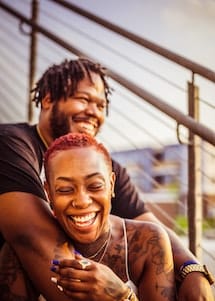
One of the best ways to shift how you interact is to listen to what they say until they feel understood.
Feeling understood fosters trust and emotional intimacy, two essential ingredients for a healthy partnership.
2. Be willing to apologize
No one is perfect, and disagreements are inevitable in relationships.
However, being willing to say, “I’m sorry,” shows you’re committed to resolving conflict and moving forward.
It’s better to be happy than right.
3. Touch each other affectionately
Physical touch is a powerful way to show love and affection.
Something as simple as holding hands or giving more hugs can go a long way in improving your dynamic.
4. Do thoughtful things for your partner
Let them know you’re thinking about them by doing something thoughtful, like leaving a love note or bringing home their favorite food.
Making even a small effort to improve your relationship can make a big difference in your interactions with your partner.
By taking the time to listen, communicate, and show affection, you can build a strong foundation for your lives together.
Feeling loved fades when we feel taken for granted.
Keep your love for each other fresh. Invite your partner out for date nights. Do things that make you feel close and connected. Show them how much you appreciate them.
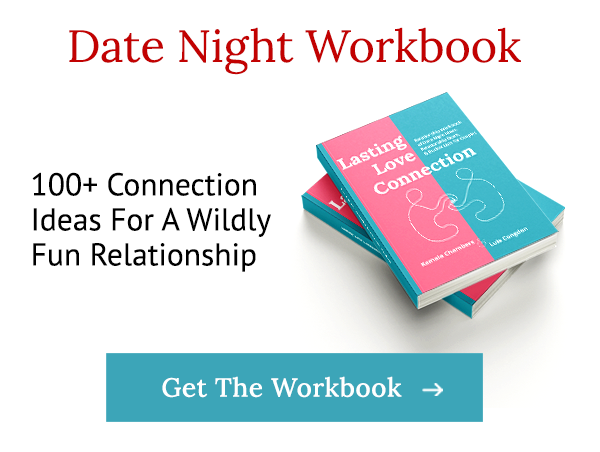
What is a healthy relationship dynamic?
A healthy relationship dynamic is built on a foundation of friendship.
When you’re friends with your partner, you know them intimately and care about their well-being.
You want what’s best for your partner and are unwilling to sacrifice their happiness.
Healthy dynamics look like
- Spending time with each other.
- Being there for each other when things are good and challenging.
- Honest discussion.
- Working together as a team.
- Respect, trust, and loyalty.
- Being supportive and encouraging.
- Putting the relationship first.
- Offering support to your partner.
A healthy dynamic is built on love. When you love your partner, you accept them for who they are – faults and all.
Your committed relationships should boost your self-confidence and positively influence your life.
A good relationship dynamic takes work to maintain, but it’s worth it because it brings a sense of well being and meaning into your life.
Healthy relationships are an uplifting influence.
Your romantic relationship should positively influence and be a catalyst for growth.
Great romantic relationships are built on a foundation of trust and respect.
Trust is essential in relationships, as it allows couples to feel safe and secure. Understanding is also vital to help couples resolve disagreements.
Lastly, respect is crucial in maintaining a healthy relationship dynamic.
When couples respect each other, they are more likely to treat each other with kindness and compassion.
Without these key factors, relationships can quickly become unhealthy and dysfunctional. Conversely, couples can create and maintain strong relationships by practicing these key factors.
If you’re concerned about the dynamics in your relationship, it may be helpful to talk to an online marriage counselor – Book a complimentary couple’s consult.
Or pick up the Save Your Marriage Workbook.
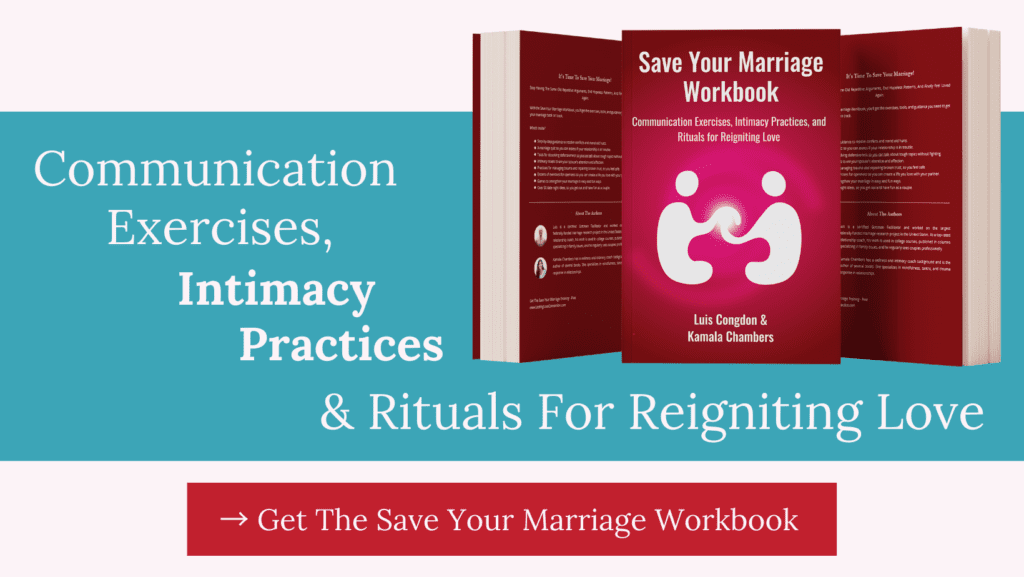

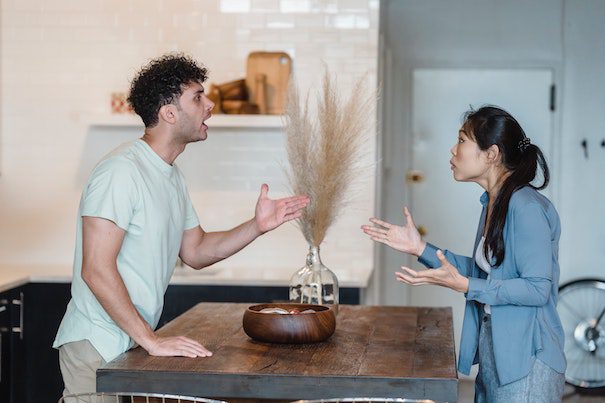

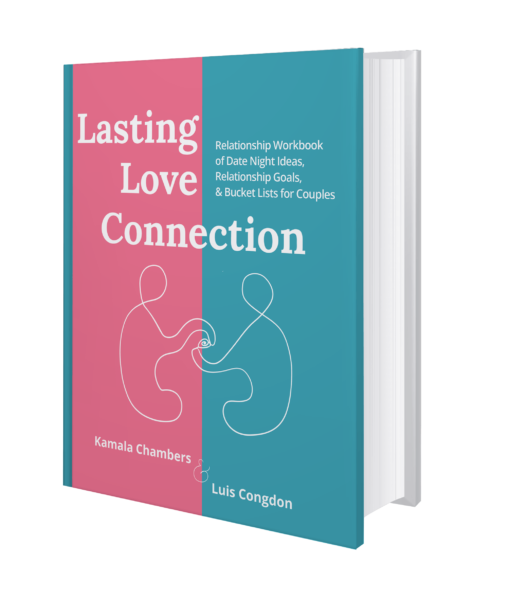
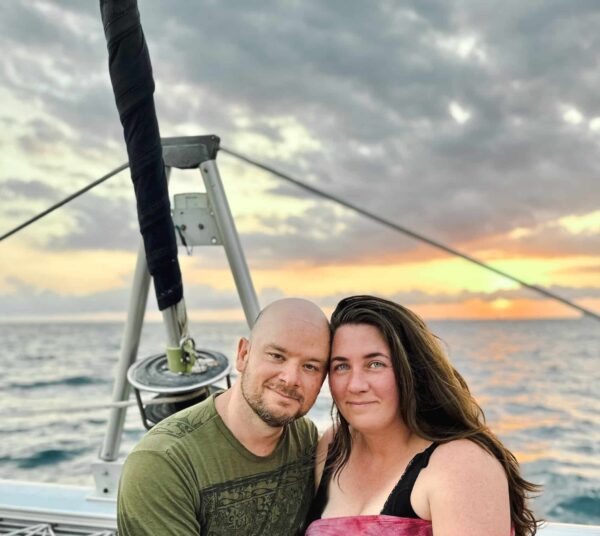
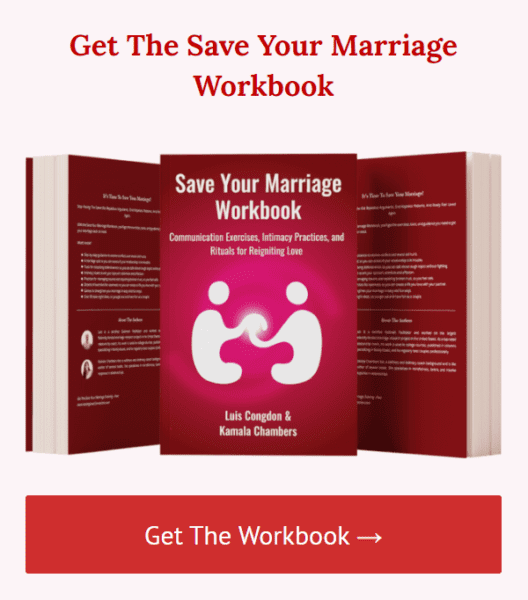
0 Comments